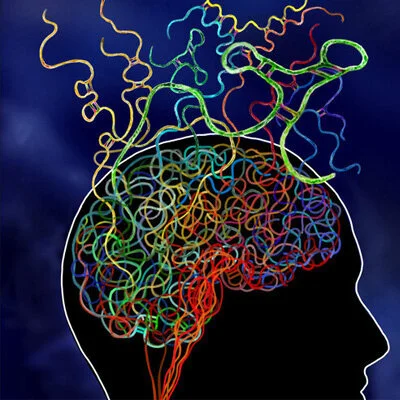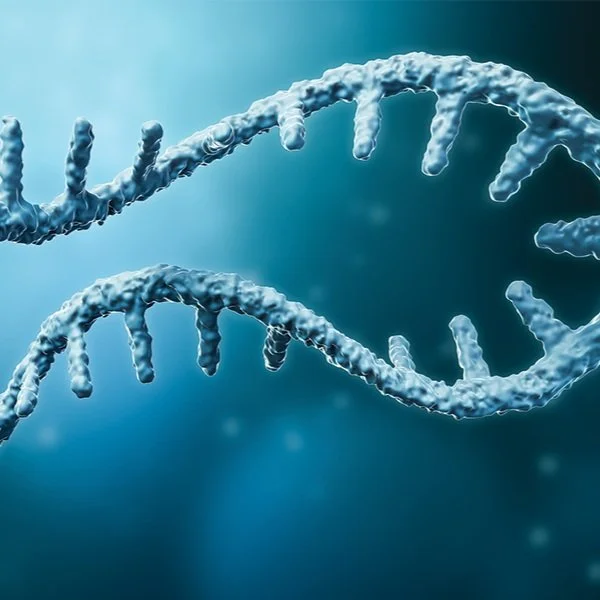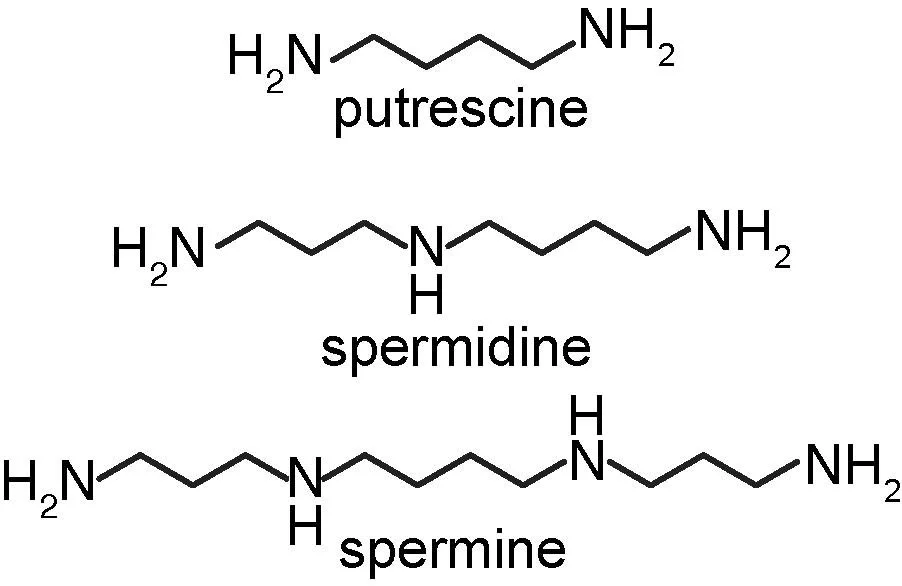Formation and function of RNA granules
RNA processing factors in the cell are enriched at various membrane-free domains collectively referred to as RNA granules. These granules exhibit liquid-like properties, and form via phase separation of their constituents. We study the molecular features that allow the constituent proteins and RNA to assemble into these bodies. Two, we examine how accumulation at the granules affects the biochemical functions of proteins. We are currently investigating nuclear speckles, domains within the nucleus associated with pre-mRNA splicing factors, as a model RNA granule.
RNA aggregation and neurological disease
We discovered that like proteins, RNA in a cell is also prone to aggregation. RNA sequences associated with a class of genetic neuromuscular diseases including Huntington disease (CAG-repeats), myotonic dystrophy (CUG-repeats) and amyotrophic lateral sclerosis (GGGGCC-repeats) form aggregates that contribute to the pathology. We study the biochemical and biophysical mechanism of RNA aggregation. Two, we investigate how the accumulation of such aggregates affects cell function and contributes to the disease. Three, we develop modalities to inhibit and clear aggregated RNA as a potential intervention strategy.
RNA structure and function
Though RNA structure is often thought of as merely two-dimensional folds, such as hairpins, the structure of an RNA molecule actually reflects many of its dynamic properties, including intermolecular and intramolecular base pairing, protein-binding sites, localization, and more. Several technologies, including SHAPE and DMS-MaPseq, exist to analyze in vivo RNA structure; however, this is typically done in a targeted fashion, focusing on small transcripts or sub-transcript regions. We are developing tools to analyze RNA structure on a transcriptome-wide scale, as well as tools enabling us to find transcripts whose structures change after various cellular perturbations. This may enable us to find important changes in transcript behavior that are not reflected by traditional metrics, such as the expression level of the transcript.
Polyamines and RNA biology
Polyamines are essential organic polycations with multiple cellular functions relevant for cell division, cancer, and ageing. Conserved from bacteria to mammalian cells, polyamines exist predominantly as polyamine-RNA complexes inside cells. We study the implications of these molecular interactions on the biochemical and biophysical functions of RNA. We are also investigating how the perturbations to polyamines may contribute to diseases and potential therapeutic strategies.




